An EPA-funded team of scientists and other experts has completed draft recommendations for the future cleanup of toxic chemicals in Puget Sound. The group’s Toxics in Fish Implementation Strategy addresses pollutants such as PCBs and a slew of emerging contaminants that can affect species throughout the waterway. The strategy will be available for public review […]
September 17, 2020

PSI researcher receives EPA funding to study contaminants of emerging concern in the Columbia Basin
Reprinted by permission of the Environmental Protection Agency: Puget Sound Institute senior scientist Andy James and his colleagues at the Center for Urban Waters are the recipients of a $76,601 grant from the Environmental Protection Agency to evaluate and prioritize contaminants of emerging concern in the Lower Columbia River (OR, WA) . James and his team […]
April 30, 2020
 ">
"> Kolodziej wins UWT’s 2020 Distinguished Research Award
Puget Sound Institute collaborator Ed Kolodziej is the recipient of this year’s University of Washington Tacoma Distinguished Research Award for his work to identify toxic contaminants in the Puget Sound watershed. The annual award “recognizes a faculty member who has achieved a record of notable scholarship or creative activity, who has generated new knowledge or […]
January 22, 2020

New technique casts a wide net for concerning chemicals
By Sarah McQuate, UW News Scientists are working to identify which of the thousands of chemicals that flow into Puget Sound are most harmful to the environment. Researchers know that runoff from land in the urbanized areas of Puget Sound often contains harmful chemicals such as PCBs, but many other potentially dangerous compounds have gone […]
November 7, 2019
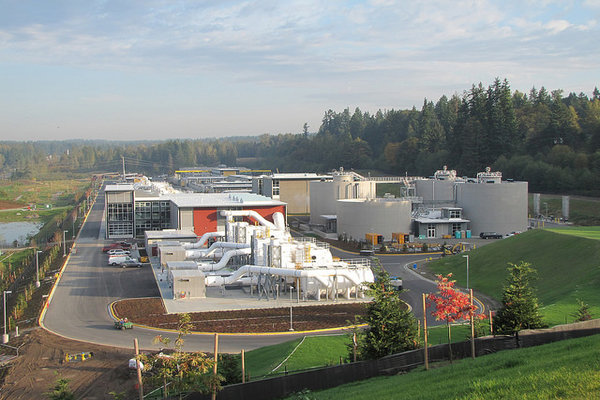 ">
"> PSI in the news: ‘Salmon on Prozac’ and more
PSI’s Andy James is collaborating with scientists at NOAA and Washington State University to understand how wastewater affects juvenile salmon in Puget Sound. The study is led by Jim Meador of NOAA’s Northwest Fisheries Sciences Center and focuses on discharge from three major sewage treatment plants in King County. Wastewater will be analyzed at the […]
March 28, 2019
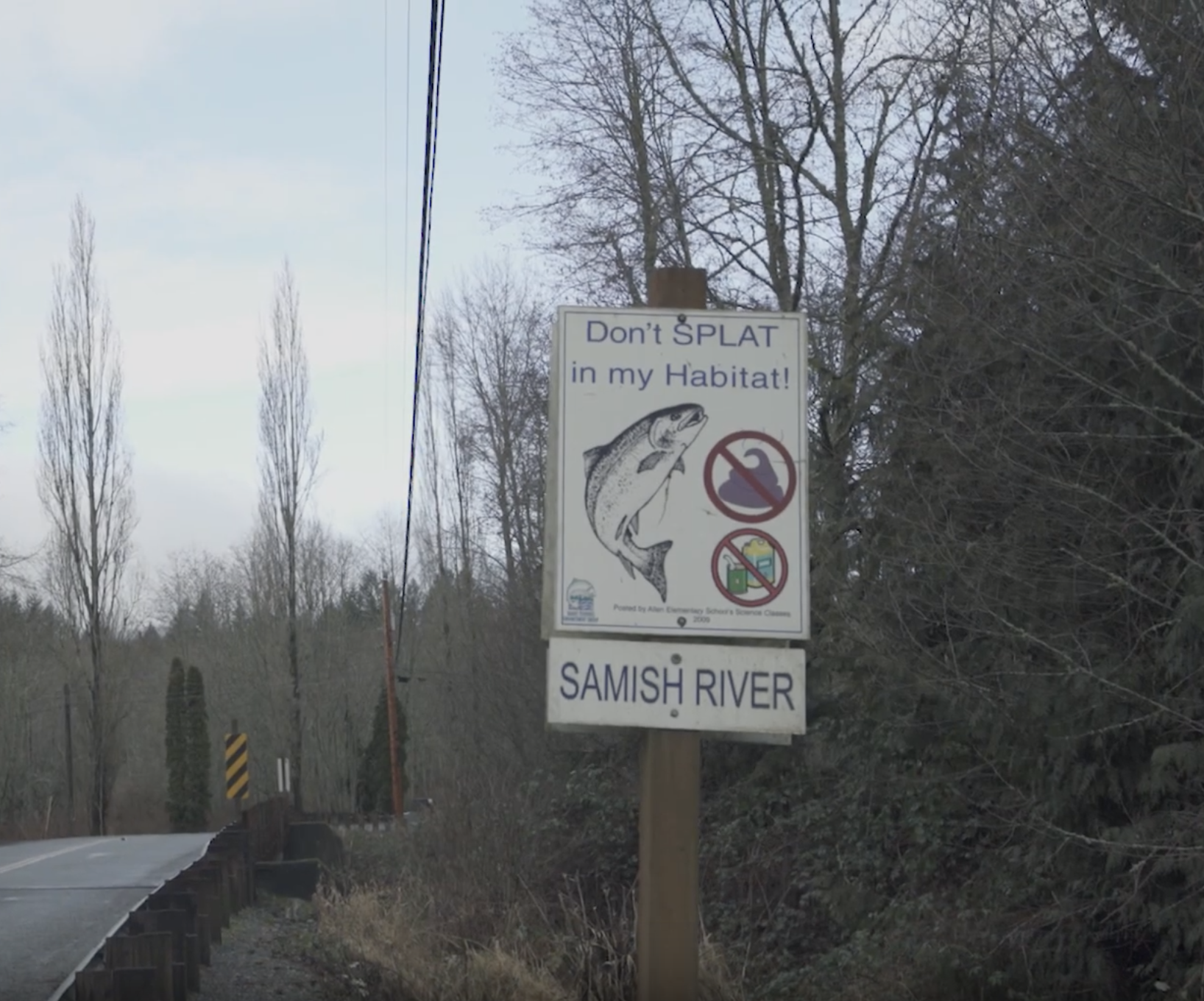 ">
"> Video: Identifying sources of pollution in the Skagit Valley
A video produced by the University of Washington Center for Urban Waters shows how chemical tracers can identify sources of pollution affecting shellfish growers in Puget Sound’s Skagit Valley. Fecal coliform pollution is a widespread problem in Puget Sound, resulting in costly beach and shellfish bed closures whenever it is detected. Analytical techniques can now […]
September 19, 2018
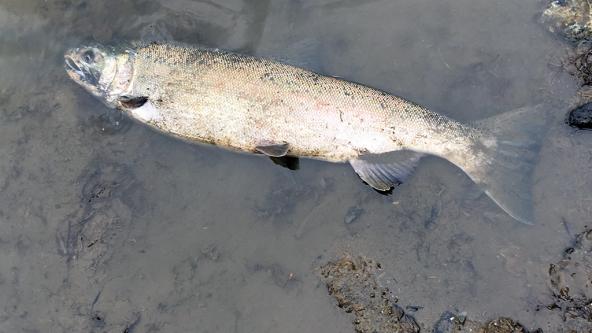 ">
"> Chemicals from automobile tires suspected in coho deaths
Findings authored this month by University of Washington scientists at the Center for Urban Waters and their collaborators provide new insight into “urban runoff mortality syndrome” affecting Puget Sound coho. By Jeff Rice Chemicals linked to automobile tires have been found in stormwater associated with the widespread deaths of coho salmon in Puget Sound. The […]
May 9, 2018
![Bay Mussels (Mytilus trossulus) on Edmonds Ferry Dock. Photo [cropped]: brewbooks (CC BY-SA 2.0) https://www.flickr.com/photos/brewbooks/8840874065](https://www.pugetsoundinstitute.org/wp-content/uploads/2018/05/8840874065_da3b29ce56_crop_1200.jpg) ">
"> Bay mussels in Puget Sound show traces of oxycodone
By Jeff Rice The opioid epidemic has now hit the waters of Puget Sound. State agencies tracking pollution levels in Puget Sound have discovered traces of oxycodone in the tissues of native bay mussels (Mytilus trossulus) from Seattle and Bremerton area harbors. The mussels were part of the state’s Puget Sound Mussel Monitoring Program. Every […]
September 28, 2017

PSI will host a wide variety of sessions and panels at the 2018 Salish Sea Ecosystem Conference
The announcements are in and Puget Sound Institute researchers will be chairing or co-chairing at least five different special sessions at next year’s Salish Sea Ecosystem Conference in Seattle. The sessions will include subjects as varied as Contaminants of Emerging Concern, microplastics, Pacific herring, ecosystem modeling and the potential influence of the region’s technology industry […]
September 8, 2017

New project searches for contaminants of emerging concern
PSI research scientist Andy James has been funded by the Environmental Protection Agency’s National Estuary Program to identify contaminants of emerging concern (CECs) in the waters of Puget Sound. There are literally thousands of man-made chemicals known as CECs circulating in local waters, but very little is known about their impacts on wildlife. They are […]
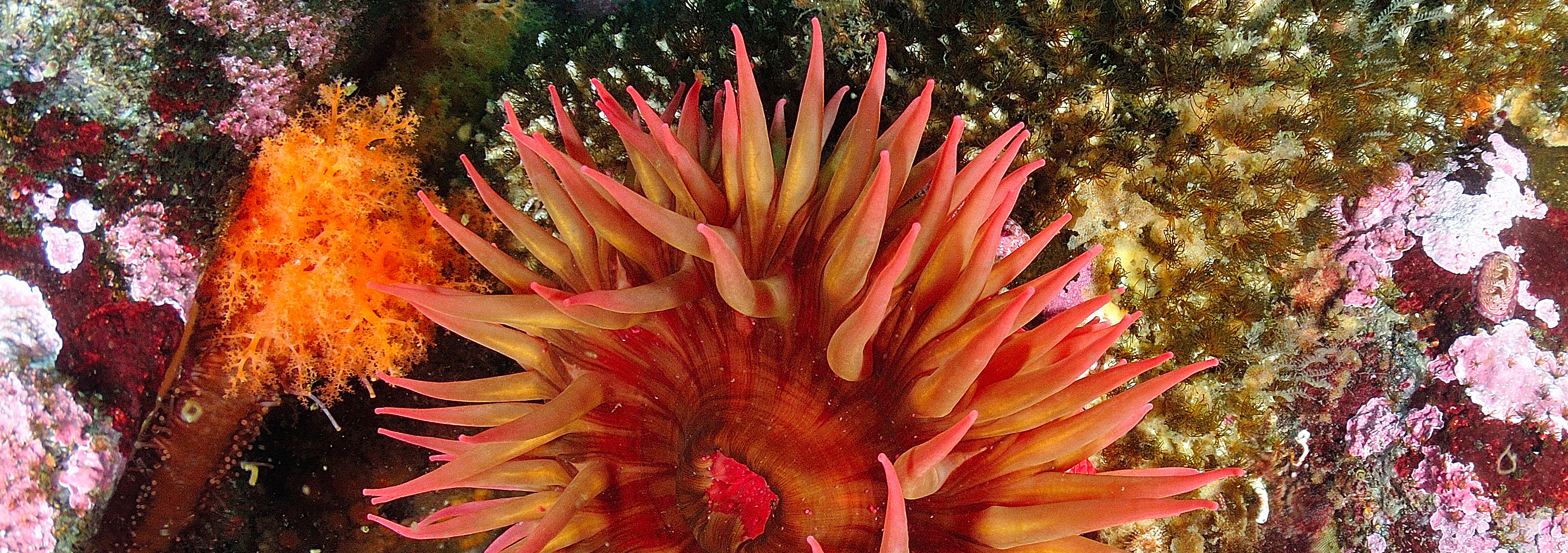
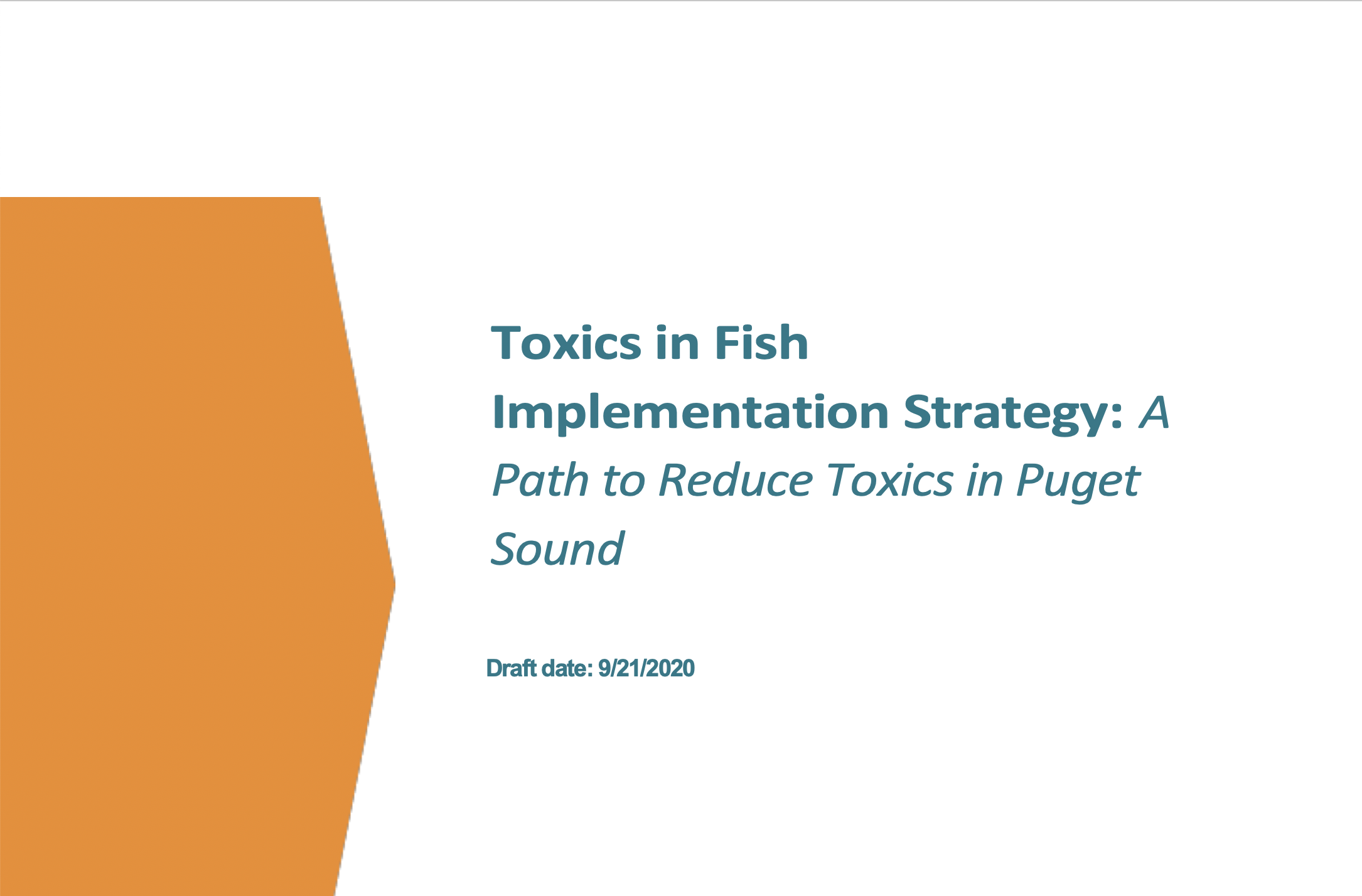 ">
">